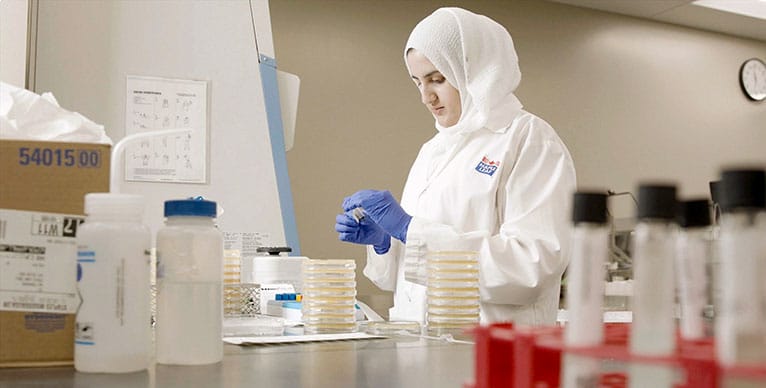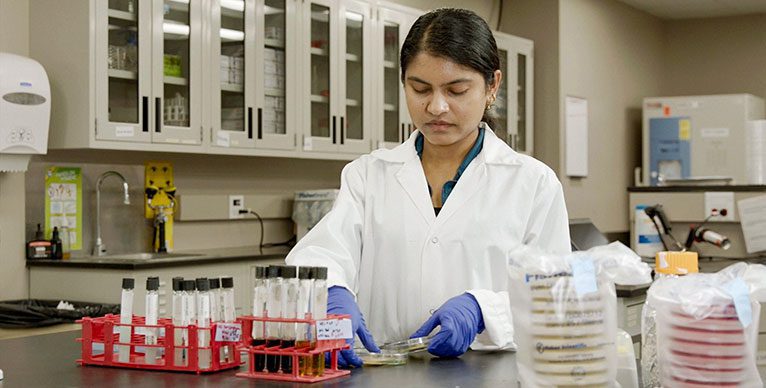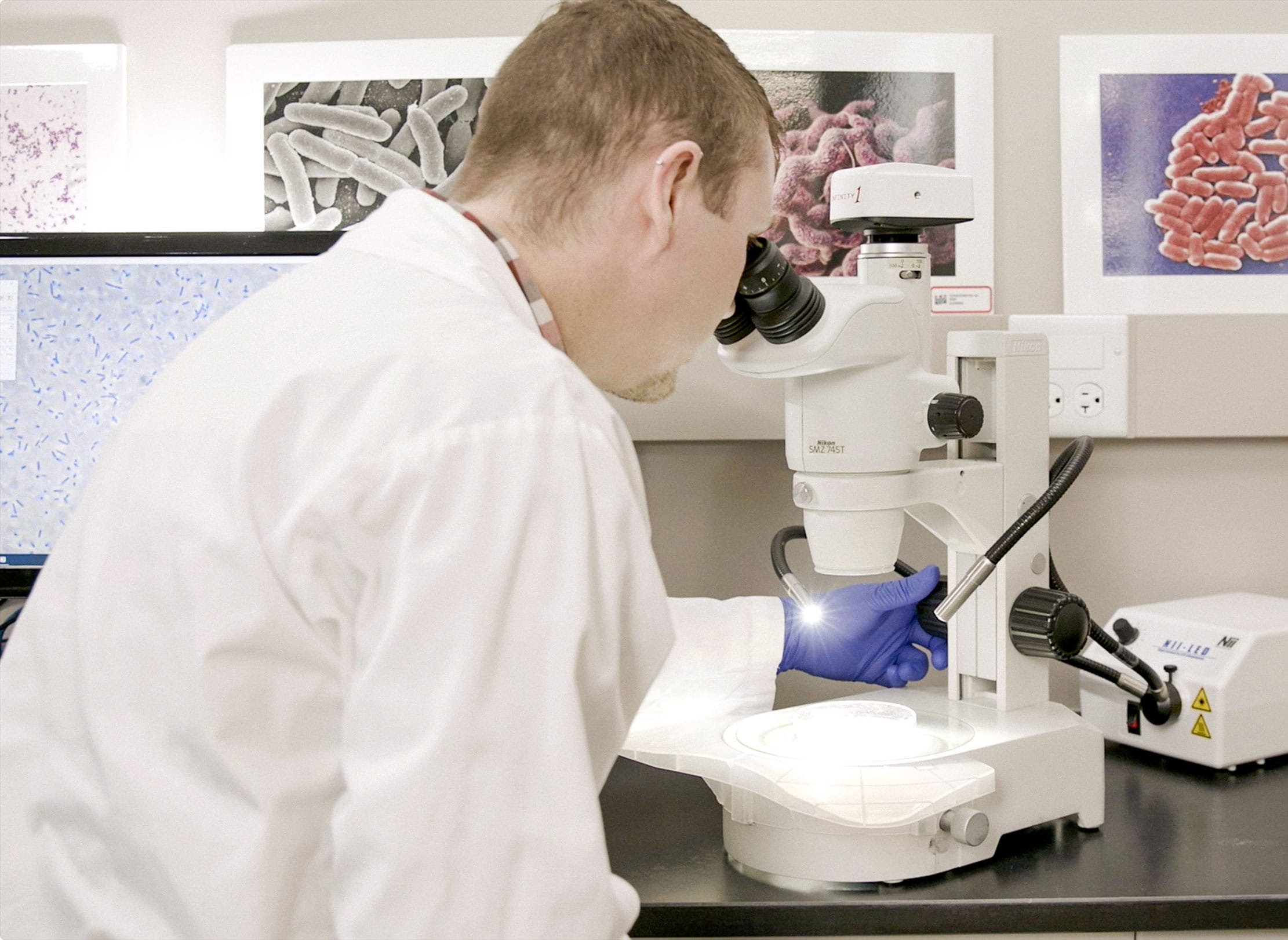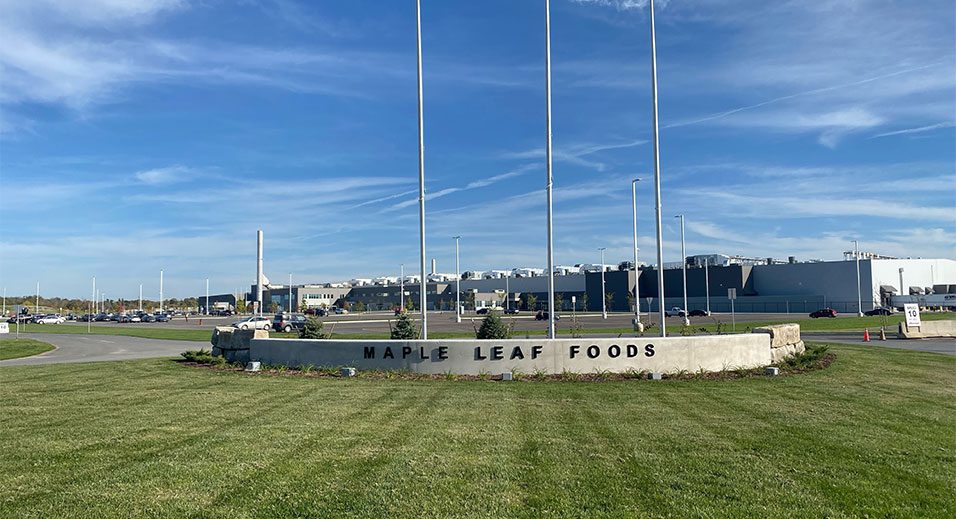Our goal is to always provide consumers safe, great-tasting food
It is our goal to always provide consumers safe, great-tasting food that is produced in a bio-secure environment. That is Our Safety Promise.
 At Maple Leaf Foods, we have several systems in place, including food safety laboratories, to maximize food quality and safety, and minimize health risks. Maple Leaf Foods laboratories are ISO/IEC 17025 accredited with Standards Council of Canada. Our laboratory staff are highly trained and experienced in chemical and microbiological qualitative and quantitative analysis in food, and the food processing environments.
At Maple Leaf Foods, we have several systems in place, including food safety laboratories, to maximize food quality and safety, and minimize health risks. Maple Leaf Foods laboratories are ISO/IEC 17025 accredited with Standards Council of Canada. Our laboratory staff are highly trained and experienced in chemical and microbiological qualitative and quantitative analysis in food, and the food processing environments.
Food safety and quality assurance
The laboratories use advanced techniques and equipment to provide food safety risk assessments, investigative testing, and methods (analytical and testing) development and validation. We perform robust and vigilant chemical tests, such as levels of fat, sodium and total sugars, and microbiological tests, such as e coli, listeria and salmonella. We also conduct shelf-life studies and pathogen testing. These tests help us to identify any irregularities before problems arise.
We are committed to researching and investing in innovative technologies that improve efficiency while maintaining our exceptional food safety and quality assurance.
Allergens have repeatedly been a top reason for recalls in the food industry and as a result, the control and testing of allergens has become a prime focus for Maple Leaf Foods. We are exploring new testing methodologies for both quantitative and qualitative allergen detection. This will ensure that we take a proactive approach to allergen management in our processing plants and have the testing capabilities at our laboratory to test for allergens, such as gluten, soy, milk, egg, etc.
 The microbiology laboratories are committed to evaluating new and emerging technologies that are faster and more sensitive. When we apply scientific rigor, we ensure that the food we test is free from pathogens.
The microbiology laboratories are committed to evaluating new and emerging technologies that are faster and more sensitive. When we apply scientific rigor, we ensure that the food we test is free from pathogens.
<!–One such technology that we are evaluating is Next-Generation Sequencing (NGS). NGS technologies demonstrate a great deal of potential for product development, particularly when it comes to better understanding shelf life and generating more accurate shelf-life estimates. NGS can be used to gain a more complete picture of the microbial composition of foods and how those microbial communities will help develop increasingly accurate predictive models.
–>



